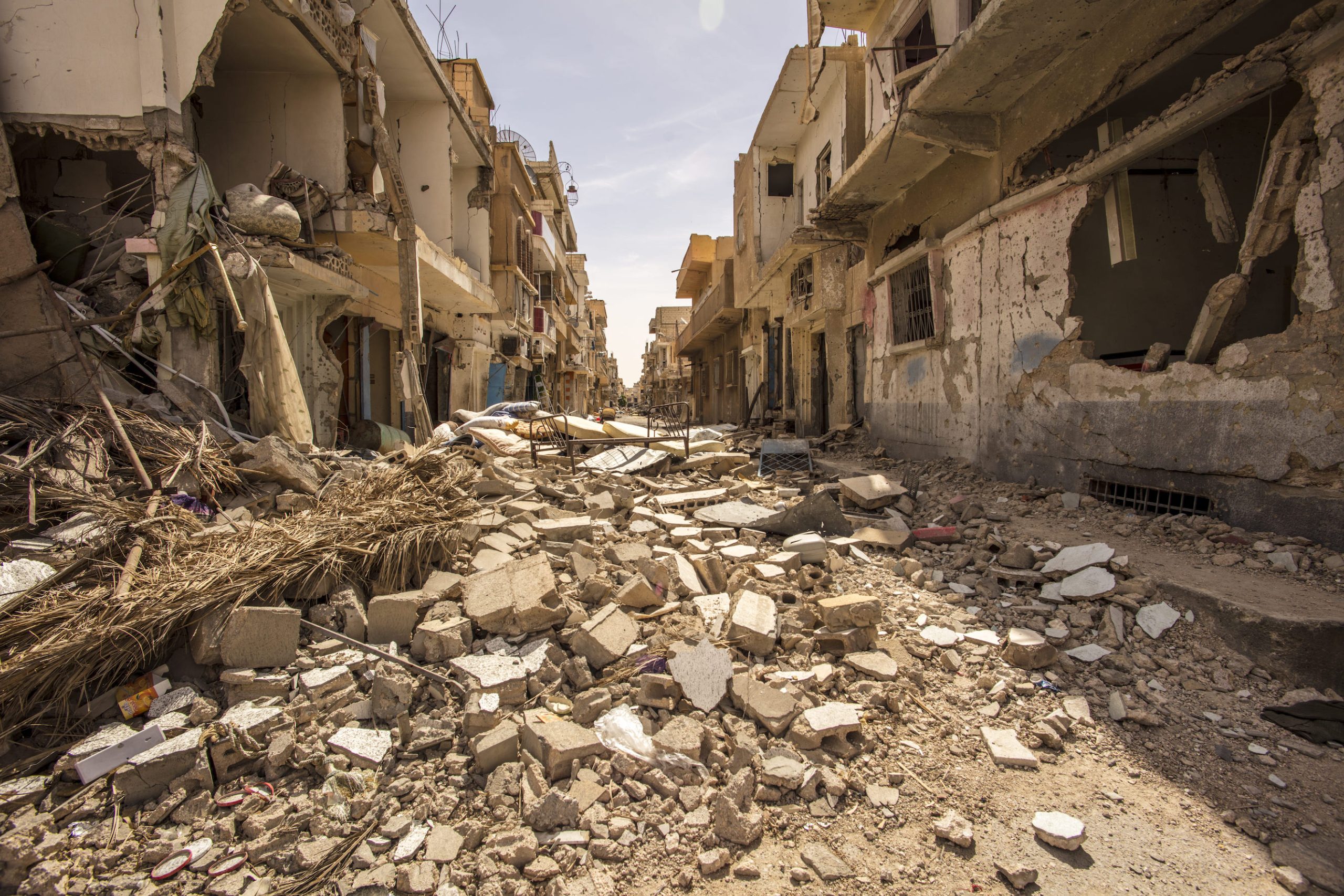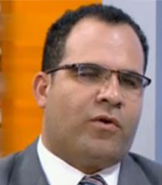It has been estimated that it will take around 5 decades for Syria to overcome the destruction wrought by civil war and terrorism, while it could take Yemen and Libya at least half that time. Reconstruction cannot begin until a comprehensive cease-fire is established, and will depend on the availability of funding, which is still in doubt. Restoring peace will require more than reconstructing infrastructure and rebooting services such as education, health, and manufacturing. Restoring peace means a return to “normal life”, a rehabilitation of societies torn asunder by conflict, and that is the real challenge.
The cost of the Syrian conflict up to this year has reached approximately $442 billion, according to estimates by the United Nations ESCWA agency. This figure comprises the cost of infrastructure destruction, amounting to about $117.7 billion, as well as loss of GDP, amounting to $324.5 billion. The cost of necessary reconstruction alone is estimated at between $250 and $400 billion, while there are around 13.4 million Syrians who need humanitarian support, half of them in dire need of basic needs. In Yemen, the number of displaced people in Marib over the last two months exceeded 180,000 because of Houthi attacks. The cost of the war in Yemen almost doubles every three years: in 2016 the war was estimated to cost around $15 billion, that number soared to $28 billion in 2019 and is expected to exceed $60 billion this year. Yemeni Minister of Planning Waed Bathib estimates that the direct losses to the economy – since the Houthi rebels took control of Sanaa – amounts to $90 billion.
Obstacles to peace
Reconstruction will not fix all the damages caused by conflicts, and the cost of restoring peace will be higher in proportion to the length of the conflict, but unfortunately there are many obstacles to reaching peace in several conflict zones, these include:
In most Arab conflicts, a peace process has not taken hold: Reaching a settlement would signal the end of civil war and enable countries to focus on reconstruction programs, but this has not been achieved in most cases. This is true even in countries that are in the process of political transition, such as Iraq, where holding elections has not put an end to conflict. The prognosis of the political process to end conflict in Libya does not appear positive, while in Yemen such a process has not even started. Elections in Syria have not resulted in qualitative political and social improvement, even though they indicated the regime’s stability and survival. Moreover, Syria has many other challenges to overcome, such as reform of the security sector, the persistent and growing role of militias and armed factions, and non-state actors in general.
Vested interests: These conflicts have created a network of beneficiaries that have a vested interest in the continuation of chaos and prefer the spoils of war to the benefits of peace. The Houthi rebel group in Yemen have become the wealthiest economic elite in the country, due to their control of an irregular economy based on levies, the black market, and expropriating the wealth of opponents in areas they control. In Iraq, militias and armed groups have accumulated huge wealth from controlling the borders, and the replication of Iran’s Revolutionary Guard expertise in the management of companies. In Libya as well, there is significant plunder of the oil wealth. For example, the southern region of Fezzan is the poorest in the country, despite having oil resources. Chaos and the absence of security have created mutual interests between groups smuggling weapons, illegal migrants, and extremist organizations. Therefore, the establishment of peace will not serve the interest of these parties.
The difficulties of reconstruction: It is difficult to argue that Europe’s experiment of reconstruction following World War II could be replicated in the Arab World, or that conflict zones could be rehabilitated through a massive project like the “Marshall Plan”. It is worthy to note that despite massive funds channeled into Germany’s eastern section following reunification, the east still lags significantly to western Germany. In Libya, despite large gains made in oil production with significant economic returns, these have not a tangible effect in improving the situation on the ground. The southern region of Libya is still the poorest area conditions there have not improved. It appears that no improvement can take place until the security situation is resolved. These conflicts have also created new challenges, in terms of demographic displacement, which will make a return to normal life more difficult. For example, Turkey continues to push Syrian refugees back across the border into Kurdish areas, in an attempt to undermine the Kurds, whom Turkey perceives as a threat.
The impact of external actors: In Syria, Yemen, Iraq, and Libya there can be no stabilization without stopping interference from external actors, especially non-Arab regional powers. Turkey has a strong military presence in Syria, Iraq, and Libya, and poses other threats to Arab countries, such as the construction of dams that impede the flow of water to Syria and Iraq. In Iraq, there is a duality in the security structure, and it is difficult to say that the integration of the “Popular Mobilization” forces, backed by Iran, has achieved Iraqi independence from Iran’s influence to a sufficient extent. In Libya, the presence of mercenaries and foreign fighters in addition to armed factions constitutes a significant challenge to reach the required state of peace, as well as being a major obstacle to reforming the security and military system. Despite reaching a political settlement in Libya, Turkey still continues to interfere there, as does Iran in Iraq.
Need for alternative vision
In the face of these obstacles, can a new strategy be found to deal with these issues before a comprehensive political settlement is reached to end these protracted conflicts? There remains a great deal of controversy regarding this question. In Yemen, international mediators argued the conflict must be brought to an end in order to address the humanitarian disaster, but the Houthi rebels did not comply, in the absence of strong deterrents that would compel them to stop fighting. It is conceivable, however, that the implementation of the Riyadh Agreement could provide a strategic alternative and a partial resolution. In reference to Libya, it cannot be argued that the political, economic and security processes stemming from the Geneva agreement have made comprehensive progress. Some progress on the economic front has been achieved, though there has been little political advancement, while security issues are being addressed slowly and cautiously.
In conclusion, it can be argued that investment in wars and regional conflicts remains the predominant paradigm, as some parties remain oblivious to the devastating consequences, and continue to make gains from the war machine. In the absence of a clear roadmap to a transition towards peace , there is a clear need to find new strategic alternatives, other than the current plan of co-existing with this state of conflict and crisis.


